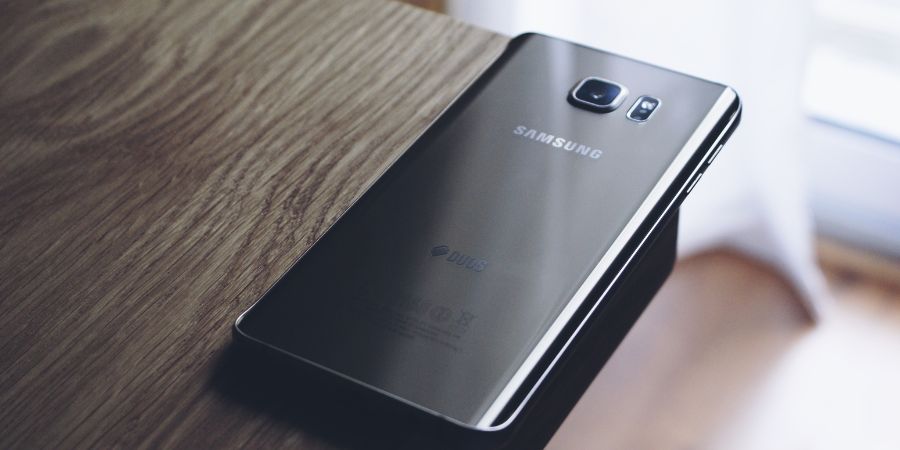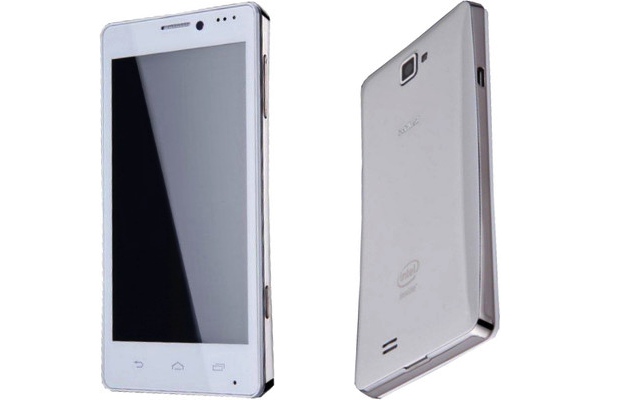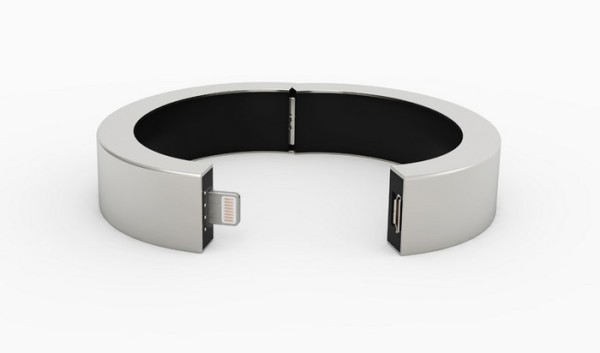Smartphones have many sensors because they are designed to be versatile, multi-functional devices that can be used for a wide range of tasks. Each sensor serves a specific purpose and enables the device to perform different functions. For example, the accelerometer sensor is used to detect the device’s orientation, while the GPS sensor is used to determine the device’s location. The ambient light sensor is used to adjust the screen brightness, the fingerprint sensor is used for security, the camera sensor is used to take pictures, and so on.
Additionally, having many sensors allows for a better user experience, for example, with the help of an accelerometer sensor, the screen of a smartphone can automatically rotate when the device is turned, making it easier to read or watch videos. The GPS sensor can be used to provide location-based services such as mapping, turn-by-turn directions, and location tracking. The presence of a proximity sensor can prevent accidental touch when on a call.
In this article, I will list the different sensors a smartphone comes with. I will also explain what information these sensors collect and how these sensors are used by different apps.
Smartphone sensors
Accelerometer
Accelerometer measures the device’s acceleration and tilt. It is used for detecting the device’s orientation and movement. It can detect the direction of the acceleration in three-dimensional space (x, y, and z-axis), and it is used to detect the orientation of the device. It also detects motion and shaking. The information is then used in various apps and features such as screen rotation, gaming, step counting, and other features that rely on motion detection. Additionally, it can be used to trigger certain actions on the device when it detects specific movements, such as shaking to undo an action, or tilting to move an object on the screen.
Gyroscope
Gyroscope measures the device’s angular velocity, used for detecting the device’s rotation and movement in a three-dimensional space. It complements the accelerometer sensor by providing information about the device’s rotation and orientation in space. This information is used by various apps and features on the device such as virtual reality, augmented reality, gaming, and other features that require precise movement detection. Additionally, it also helps in image stabilization while taking photos or videos, and improves the accuracy of step counting and navigation apps.
Proximity sensor
Proximity sensor detects the presence of an object near the device. The proximity sensor is used for disabling the touch screen during phone calls to prevent accidental touch inputs. It is typically used to detect the user’s face during a phone call, and to turn off the screen and disable the touch controls when the phone is held close to the face to prevent accidental touches. It also helps in saving battery power by turning off the screen when the phone is in close proximity of your body. Some smartphones also use proximity sensor for hands-free gestures like waving to answer calls or skip tracks.
Light sensor
A light sensor in a smartphone is a device that measures the ambient light level in the environment where the device is located. It is used to automatically adjust the screen brightness, to conserve battery power and to improve the visibility of the screen in different lighting conditions. It can also be used to control the flash when taking pictures and to automatically adjust the color balance and exposure in the camera. Additionally, it can be used by other apps to adjust the behavior of the app based on the ambient light level, for example, to adjust the font size, background color or to trigger a night mode.
Magnetometer
A magnetometer sensor in a smartphone is a device that measures the strength and direction of the magnetic field in the device’s environment. It is often used in conjunction with the accelerometer and gyroscope to provide a more accurate and stable measurement of the device’s orientation and movement. It is used in various apps and features such as compass, augmented reality, mapping, and location-based services. It can also be used to detect the presence of a magnetic field, which can be useful in detecting metal objects or measuring the strength of a magnetic field.
Barometer
Barometer measures the atmospheric pressure. It is used to measure atmospheric pressure. The barometer sensor can be used to determine the current altitude, and can also be used to track changes in the weather, since atmospheric pressure can be used as an indicator of weather patterns. It can also help in determining the approximate height of the device above sea level. This can be useful for hiking, flying, and other activities that involve changes in elevation. Some fitness apps also use this sensor to measure steps taken and to estimate the number of calories burned.
Fingerprint sensor
A Fingerprint sensor in a smartphone is a device that uses biometrics to authenticate the user. It scans the user’s fingerprint and compares it to the fingerprints stored in the device’s database. If the scanned fingerprint matches one of the stored fingerprints, the device unlocks or grants access to the user. Fingerprint sensors are typically used as an alternative to passcodes or pattern locks for unlocking the device, and for accessing secure apps or features such as mobile payments, secure folders, and encryption. Fingerprint sensor technology has evolved over the years and it’s now common to find fingerprint sensors embedded in the screen, or under the display which allows for seamless integration with the device’s design.
Ultrasonic fingerprint sensor
An Ultrasonic fingerprint sensor in a smartphone is a type of fingerprint sensor that uses ultrasound technology to capture a 3D image of the user’s fingerprint. It works by emitting high-frequency sound waves that bounce off the user’s finger and then capturing the resulting echoes to create a 3D image of the fingerprint. This allows the sensor to capture a more detailed and accurate image of the fingerprint, including any ridges and valleys that may be obscured by dirt, oil, or other contaminants. This technology is more advanced than the traditional optical fingerprint sensor and it can work through screen protectors and even through a thicker than usual screen. It also allows for a larger scanning area, making it easier to register and scan the fingerprint.
IR Blaster
An IR Blaster (Infrared Blaster) in a smartphone is a device that emits infrared signals to control other devices such as TVs, set-top boxes, and home theater systems. It allows users to control these devices remotely using their smartphones as a remote control. This feature can be used to change channels, adjust volume, play, pause or stop a video, and navigate through menus on the controlled device. IR Blaster is usually found in higher-end smartphones and it is useful for those who want to reduce the number of remote controls they have to use. The IR Blaster feature can be used through an app that comes pre-installed on the smartphone or through a third-party app downloaded from the app store.
Heart rate sensor
A Heart rate sensor in a smartphone is a device that measures the user’s heart rate. It can be located either on the back of the phone, under the camera, or on the front with the use of a camera. The most common method to measure heart rate is through the use of a green light-emitting diode (LED) and a photodiode, which detect changes in blood flow as the heart pumps. This information can be used by various apps such as fitness apps, health monitoring apps, and even some games to provide the user with information about their heart rate, and to track changes over time. The heart rate sensor is also used to provide information about the user’s activity level, such as how much they have exercised, how many calories they have burned, and how well they are recovering after a workout.
Temperature sensor
A temperature sensor in a smartphone is a device that measures the ambient temperature around the device. The temperature sensor is typically used to monitor the internal temperature of the device and to prevent overheating. It can also be used to adjust the device’s performance, such as by slowing down the processor or adjusting the brightness of the screen, in order to reduce heat generation. Additionally, it can be used by some apps to provide information about the temperature and to adjust the behavior of the app based on the temperature level, for example, to provide heat-related warnings or adjust the font size, background color, or trigger a night mode.
GPS sensor
GPS sensor uses satellite signals to determine the device’s location, used for navigation and location-based services. The information provided by the GPS sensor can be used to determine the device’s latitude, longitude, and altitude, as well as its speed and heading. This information can be used by various apps and features on the device, such as navigation apps, fitness apps, and social media apps, to provide location-based services and to help users share their location with others.
NFC (Near Field Communication) sensor
NFC (Near Field Communication) sensor in a smartphone is a device that allows the device to communicate with other NFC-enabled devices or NFC tags by bringing them close together. This technology allows for simple and convenient wireless communication between devices, and it enables a wide range of use cases such as mobile payments, ticketing, and data exchange. For example, by using NFC you can make a payment at a store by holding your phone close to a point of sale terminal, or you can share contact information or photos by holding two devices close together. Additionally, NFC tags embedded in posters, stickers, or other objects can provide information to the smartphone when in close proximity, such as a URL, a phone number, or a command to perform an action.
Face ID sensor
Face ID is a facial recognition technology used to unlock a device and authenticate users by using a combination of sensors and cameras. It uses a combination of infrared and visible light cameras to scan a user’s face and create a 3D map of it, which is then compared to the stored facial data on the device. If the scanned face matches the stored data, the device unlocks. This allows users to unlock their device and access secure apps and features, such as mobile payments, without having to enter a passcode. It can also be used to make payments, sign in to apps, and automatically fill in passwords and forms. The technology uses advanced algorithms to detect and adapt to changes in a person’s appearance, such as glasses, beards or hats, making it more secure and convenient than traditional fingerprint or passcode-based authentication methods.






